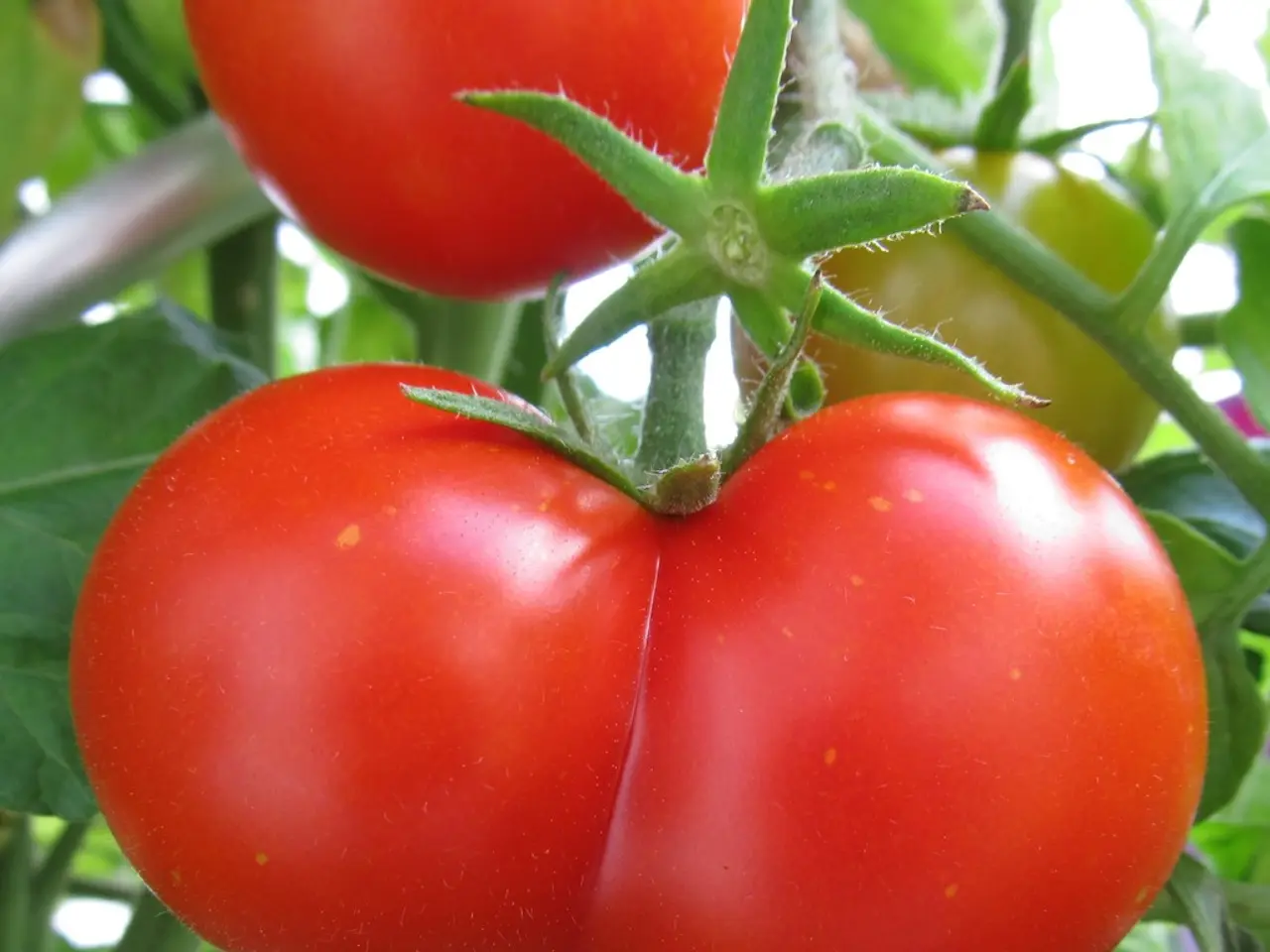Grow and Cultivate Produce alongside Monty
May Transplanting: A Guide to Growing Brassicas, Climbing French Beans, and Courgettes
As the weather warms up in May, it's the perfect time to start transplanting a variety of vegetables in your garden. Here's a guide to help you successfully grow brassicas, climbing French beans, and courgettes.
Brassicas (cabbage, broccoli, cauliflower, etc.)
May is an ideal time to transplant brassicas outdoors. The weather is warm enough for them to establish without the risk of late frosts. To protect young plants from pests like cabbage root fly, use cabbage collars. Ensure adequate spacing between plants to allow airflow and reduce disease risk. Gradually harden off seedlings before transplanting to outdoor conditions, and side-dress with appropriate fertilizer about 30 days after transplanting to boost growth.
Climbing French Beans
Sow or transplant climbing French beans in May after the soil has warmed sufficiently. These plants are light feeders if inoculated with nitrogen-fixing bacteria; otherwise, some supplemental nitrogen may be necessary. Support plants promptly with trellises or stakes and continue tying them to supports as they grow for best yield and health.
Courgettes (Summer Squash)
Transplant courgette seedlings outdoors once the danger of frost has passed, usually mid to late May. Plant with sufficient spacing for good air circulation and growth. Courgettes respond well to fertilizer applications when fruits start to set, which can be timed a few weeks after transplanting. Water deeply and regularly, especially during dry spells, but avoid waterlogging.
General Tips for Transplanting Vegetables in May
- Prepare soil well by adding compost or organic matter to improve fertility and drainage before transplanting.
- Gradually harden off seedlings by exposing them to outdoor conditions over 7–10 days before planting out.
- Water transplants thoroughly at planting and keep soil consistently moist but not saturated during establishment.
- Plant at appropriate spacing to reduce competition for nutrients and reduce disease risk.
- Begin side-dressing with fertilizer tailored to crop needs after plants are established (e.g., 30 days after transplanting for cabbage).
- Monitor for pests and support climbing crops early to prevent damage.
Since May timing is close to warmer weather, this is an ideal month to transplant tender crops and prepare for vigorous garden growth. Planning and preparation—such as visiting nurseries right around Mother's Day to pick up quality transplants—can facilitate a successful planting season.
This guide applies broadly with some adaptation to local climate and soil conditions. For example, 'Gold Rush' and 'Nero Di Milano' are varieties of courgettes, and Monty's red cabbage seedlings can be transplanted into main beds when they are well-developed. Courgettes are tender vegetables that are planted out when crops like purple-sprouting broccoli are coming to an end.
Brassicas, such as cabbage, broccoli, and cauliflower, can be transplanted outdoors in May for successful growth, making sure to use cabbage collars to protect young plants from pests and ensuring adequate spacing between plants for airflow.
Climbing French beans can be sown or transplanted in May, with trellises or stakes provided for support as they grow for best yield and health, while courgettes should be transplanted outdoors in mid to late May, planting them with sufficient spacing for good air circulation and growth, and fertilizing when fruits start to set for optimal growth and yield.




